Fogg, 1992
Fogg, 1992
Fogg, 1992
- No tags were found...
You also want an ePaper? Increase the reach of your titles
YUMPU automatically turns print PDFs into web optimized ePapers that Google loves.
An Esbtute oJthe Ptdaldeol Bioctnparible anA Habitabk Pbret!Such a model has profound implications for the positioD ofthe outer boundary of the ecosphere F,121. It suggests that, rolong as a planet remains sufrcietxly geologicaryy active tonnihta[n a geochemical calron crcle, biocompatible environmentalcooditions are possible for planetr with irradiancies asIow as that for Ma$ > 3.5 Gyr ago. Since the Sun's luminositywas then - 0.7 Lo, this means that the present outer boutrdary ofthe SUD'S ecosDhere is r^ > 1.8 AU.Kasting aad co-worki:rs have also estimated a value for theinner edge ofthe ecosphere by studying the response ofa modeltenestrial amosphere witb ftilly saturated, cloud ftee, conditionsto inqeases in solar flux [7,12,13]. At a solar inadiancevalue of 1.4 56, (wherc So is the Earth' solar constant), theoceans evaporaie entire,ly, Foducing he classical runawaygeenhouse effect. However, at a lesser irradiance of 1.1 So theyidentified another possible planetary envirotrmeot, the "wetgrcenhouse". Herc, scaldilrg oceans at - 1OOC are still stable asthey are p.evented ftom boiling by the pressue of a massive -2bar water-laden atmospherc. Ir both grcerhouse states thewater vapour rises high up io 1ie almosphere wherc it calr bephotodissociated by UV lightrcsulting, as in rle case of Venus,in the ultirnate desiccation of the planet In fact, the wetgreenhouse model can better account for the present scarcity ofwater oD venus, so venus Day have started its history with anocean which was gmdually lost to space over -500 M):f. Oncetie water was goDe, CO2 would have built up in the atmospherewilh no way of weathering back into the sudace, rcsulti[g iD theprcsent day rnassive Venusian atmosphere. In neither case,however, carl it be said that Venus was likely to have beenbiocompatible and so Kasting et al arrived at r, = 0.95 AU, thesame value as Rasool and de Be.gh alrd I{art's estirnate ofthepositioD of the intrer edge ofthe ecosphere, albeit for a differentreason.Thus, for present pu4,oses, the boutrdaries of the Sun\present ecosphere arc chosen to be rr = 0.95 AU atrd = L 2 AU,given the condition that such boundaries are only Deanirgfulfor a planet with a closed geochemical carbon cycle. However,when looking at ecospheres about otler st $ with differcntluminosities and when taking into account the variation 1!stellar lumiDosities with time, the definition of ecosphericboundaries in tems of distance is clunsy. A universal defitritioDofrr and 12 can be obtained if, instead, the value ofplanetarybmdiance at those distances is used. The average irradiance ofa planet in terms of So is:s =I-lR" (2\where L is the stellar lu]ninosity in Lo and R is the planetrrysemi-major ards iD AU. Thus the Edefined values ofecosphericboundarieslbalapplyloallstarsarerr= I.l Soatrdrr=0.2556.Thediscussion io this secdoo is sunmarizad in lig.2wherethe evolutions of Veous, the Earth and Mars are displayed on a$aph ofirradiance, 5/56, vs a scate ofgeological activit, T/TFr(explained later). InGrvals of 1 Gyr aremarked o! each planet'sevolutiooary track. The c€ntral dividing line at log (T/T-) = 0represen6 lhe poiot io a plaoel's evolu[ioo wberc it idn nolonger sustai! a geochemical carbon cycle.The ecospherc is divided into tlrce climatic zones:11) Jwenili Mofiian, (025 So < S < 0.7 SJ wh€{e biocompatibleplanets would be similar to early Mars;\2t JuvcnileTeftan,t}.T So < S < 0.94So) where such worldswould be smilar lo tle Earlb in tbe Precambriao; and(3\ Habitabk, (0.94 So < S < l.l SJ where a biocompatibleplanet would be rcceiving suffrcient sutrlight to permit the1.51.2< rr.E 0.9.? 0.8o;10.60.50.40.30.20.1Fig- 2 Cli@tic evolutiondy tncks tor Venus the Earth ed Mds,coDldins illumin&ce venus geological activity ovq time, l@kedinintcnalsof 1 Gyronthccs!@tiv.cwcs.The@ntr ldividinSlineatlog G/TF) - 0flEscnts thepointin aplmet's gcoloSicalcvolutionat which it cd no lonSer suslah !l&te tectonics d a geochemicelevolution of a similar eDviroEneDtto tlrat on the Earth siocethe start ofthe Phalerozoic Aeon - 600 Myr ago.It will be seen that Venus was aever within tle ecosphercand, if it ever possessed oceans, tiese werc litely to bale beenlost early oD. Mars, because of its rapidly declining volcanicactivity, left the ecosphere after - I Glr. The Eartb, however,tas rcfilailled biocompatible tbroughout the history of lhe SolarSystero, fiough the diagram wams of posrible houble ir thenext biilion years.Such a biocompatible zoDe will exist about ottrer sta$,scaled up or down in size, so when estimating he galacticabutrdance of biocompatible plarets tie concept of tie ecospheremustbembealded withir a broader astonomical ftafe-3. A BRIET'MODEL OT'EXTRA-SOLAR PLANETFORMATION AND EVOLUTIONThe model to be described fom$ the ba$is for a Monte Carlocomputer simulatiotr, the results of which are gesented ioSection 5. Earlier rcsults ofthis simdation can be found in 1141.a


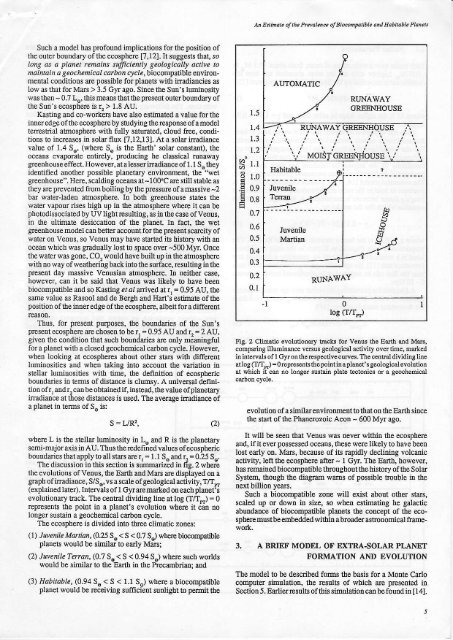
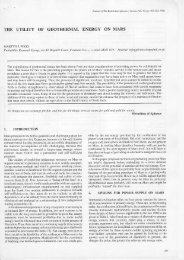
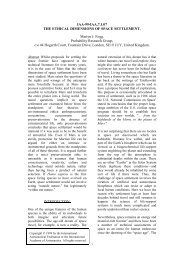
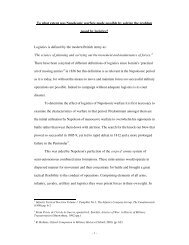

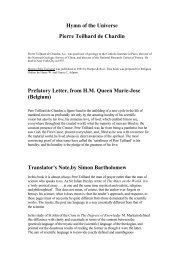
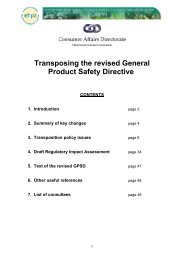
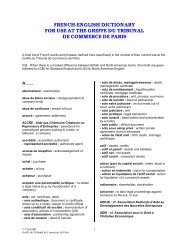
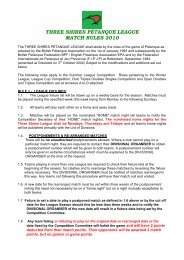
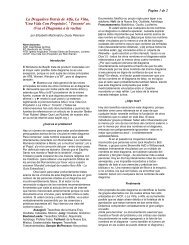

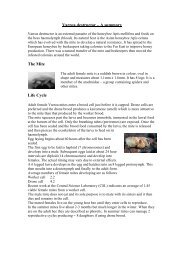

![Tibetan Herbal Medicine Core Curriculum [PDF]](https://img.yumpu.com/32594566/1/184x260/tibetan-herbal-medicine-core-curriculum-pdf.jpg?quality=85)
